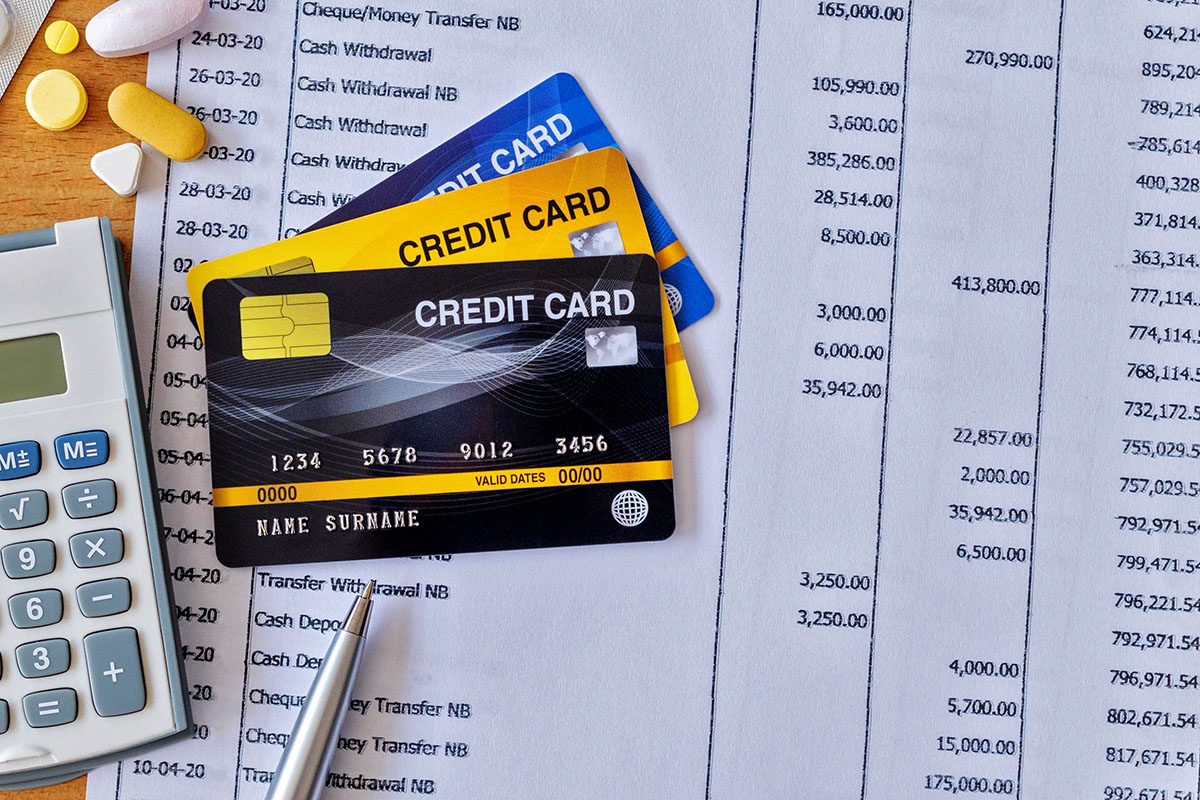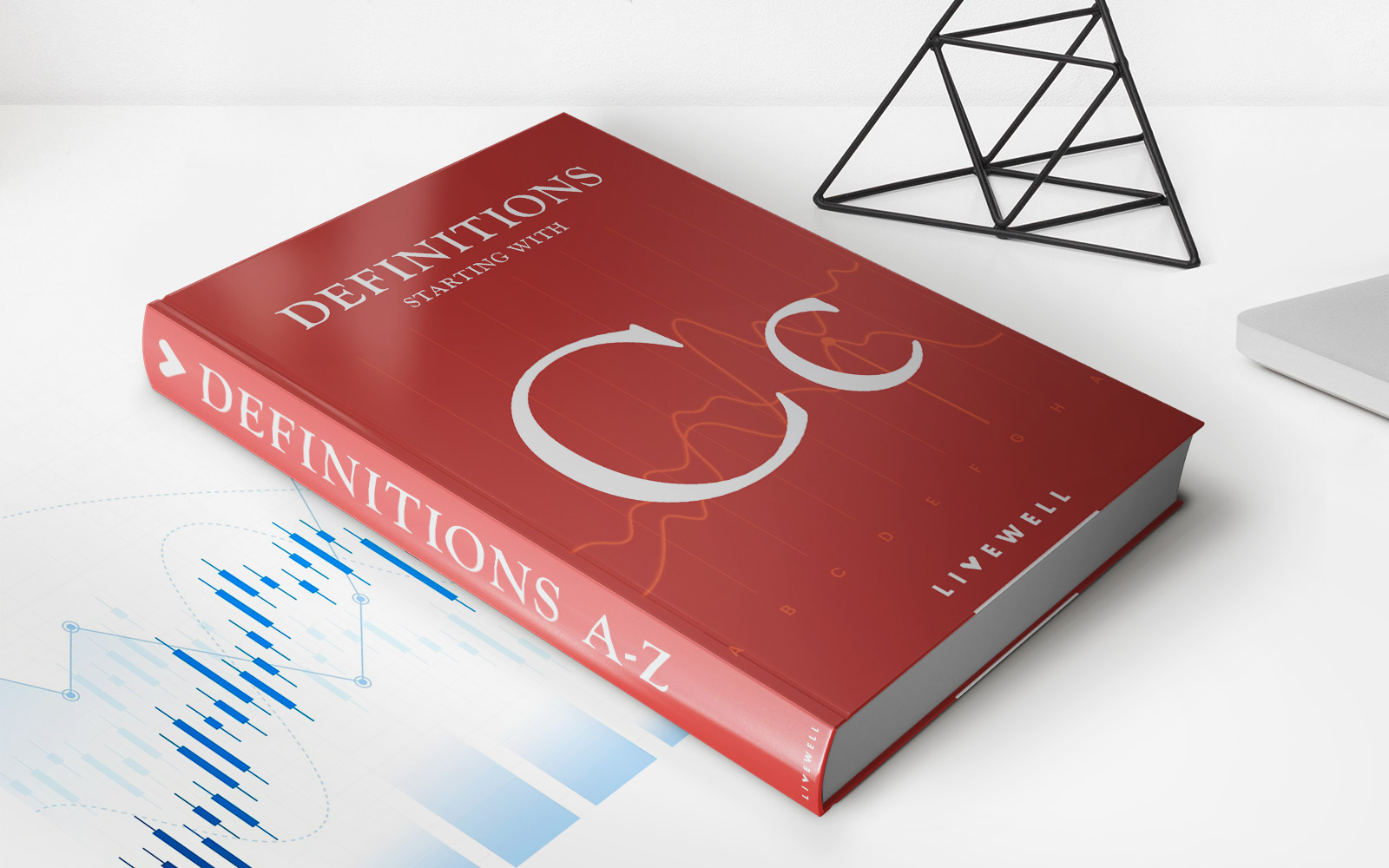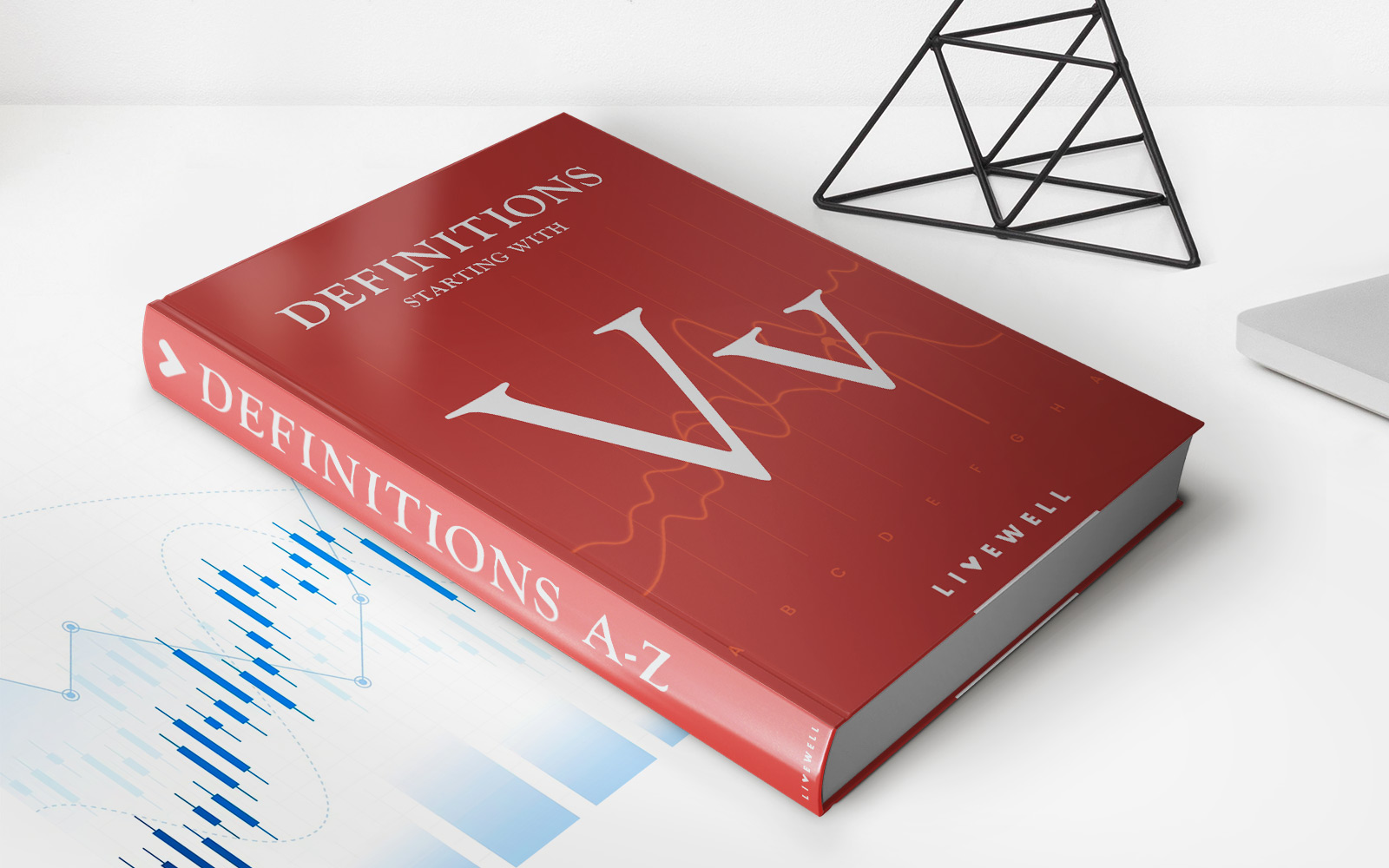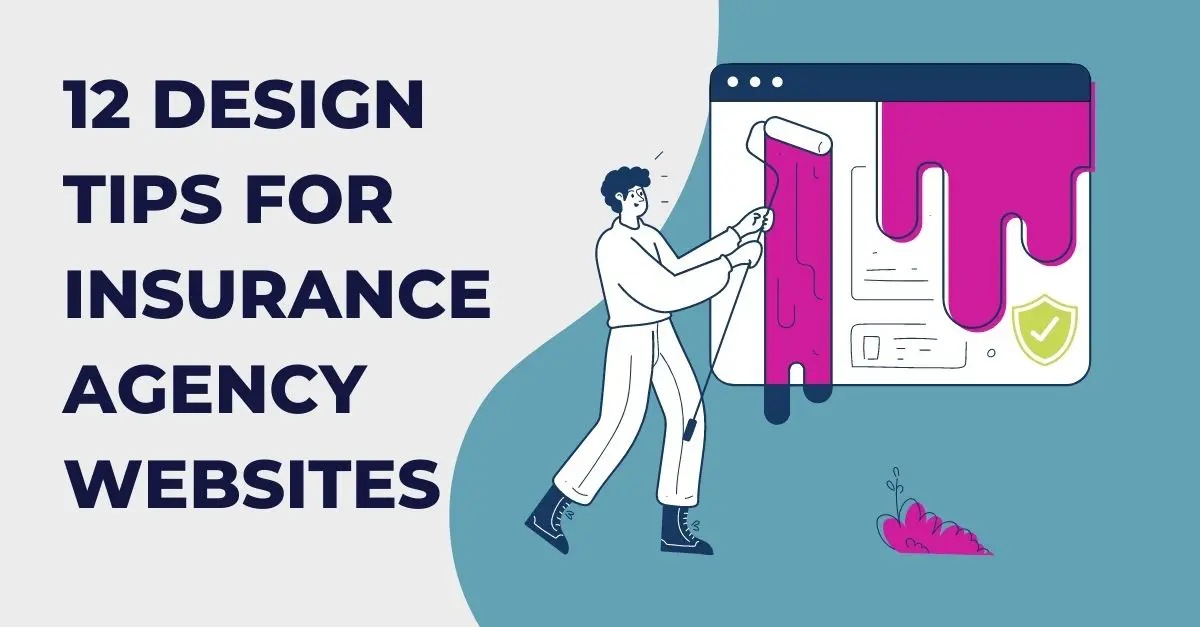Home>Finance>Auto Pay For Credit Cards: What Does Last Statement Balance Mean?


Finance
Auto Pay For Credit Cards: What Does Last Statement Balance Mean?
Published: March 2, 2024
Learn the meaning of "last statement balance" and how it affects your auto pay for credit cards. Get expert insights on finance.
(Many of the links in this article redirect to a specific reviewed product. Your purchase of these products through affiliate links helps to generate commission for LiveWell, at no extra cost. Learn more)
Table of Contents
**
Introduction
**
Credit cards have become an integral part of modern-day financial transactions, offering convenience and flexibility for users. With the rise of digital banking, many credit cardholders are opting for automatic payment options to streamline their bill payments. One of the key considerations when setting up automatic payments for credit cards is determining the payment amount. This decision often revolves around the concept of the last statement balance. Understanding the implications of utilizing the last statement balance for automatic payments is crucial for managing finances effectively and avoiding potential pitfalls.
Automatic payments, also known as auto pay, allow credit card users to schedule recurring payments for their monthly bills. This feature can be a convenient way to ensure timely payments without the need for manual intervention. However, setting up auto pay requires careful consideration of the payment amount and timing to avoid unnecessary fees and potential financial strain.
In this article, we will delve into the significance of utilizing the last statement balance for auto pay on credit cards. By understanding the implications of this approach, credit cardholders can make informed decisions regarding their automatic payment settings. We will explore the concept of last statement balance, its benefits, potential downsides, and how it can impact overall financial management. Whether you are new to credit card management or seeking to optimize your payment strategies, grasping the nuances of last statement balance for auto pay is essential for maintaining financial stability and peace of mind.
**
Understanding Auto Pay for Credit Cards
**
Auto pay, a feature offered by most credit card issuers, enables cardholders to automate their monthly bill payments. By setting up auto pay, individuals can authorize their credit card companies to withdraw funds from their designated accounts to cover the minimum payment, the full statement balance, or a custom amount on the due date each month. This automation can be a convenient tool for ensuring on-time payments and avoiding late fees and penalties.
When opting for auto pay, cardholders have the flexibility to choose the payment amount based on their financial preferences and capabilities. They can opt to pay the minimum amount due, the full statement balance, or a specific sum that aligns with their budgeting goals. While paying the minimum amount can help avoid late fees, it may result in accruing interest on the remaining balance. On the other hand, paying the full statement balance can prevent interest charges on carried-over balances, promoting responsible debt management.
Setting up auto pay involves navigating through the credit card issuer’s online portal or contacting customer service to configure the payment preferences. Cardholders can select the payment amount, the funding account, and the due date for the automatic deductions. It is essential to review the chosen payment method regularly to ensure that there are sufficient funds to cover the auto pay transactions and to make adjustments if necessary.
Understanding the implications of auto pay for credit cards is crucial for effectively managing one’s finances. By leveraging this feature, individuals can streamline their bill payments, minimize the risk of missed deadlines, and potentially improve their credit scores by demonstrating consistent payment behavior. However, it is important to assess the suitability of auto pay based on one’s financial situation and spending habits to avoid potential drawbacks.
**
Last Statement Balance Explained
**
The last statement balance on a credit card reflects the total amount owed to the card issuer at the end of the previous billing cycle. It encompasses all purchases, balance transfers, cash advances, fees, and interest charges incurred during the billing period. This balance is outlined in the monthly statement provided by the credit card company, detailing the outstanding amount that needs to be paid by the due date to avoid interest charges and late fees.
When considering last statement balance for auto pay, it is essential to comprehend its significance in managing credit card payments. By opting to pay the last statement balance automatically each month, cardholders can ensure that the entirety of their outstanding balance is covered, potentially avoiding interest charges on carried-over amounts. This approach aligns with responsible debt management practices and can contribute to maintaining a healthy credit utilization ratio, a key factor in credit scoring models.
It’s important to note that the last statement balance may fluctuate based on the cardholder’s spending behavior and payment activities. Any new purchases, payments, or credits applied to the account after the closing date of the billing cycle will not be reflected in the last statement balance but will contribute to the subsequent billing period’s total. Therefore, while the last statement balance provides a snapshot of the previous month’s financial activity, it may not encompass the most current account status.
Understanding the last statement balance is instrumental in making informed decisions about setting up auto pay for credit cards. By comprehending the implications of this balance, cardholders can determine whether paying the full statement balance automatically aligns with their financial goals and cash flow. Additionally, monitoring the last statement balance regularly can help individuals track their spending patterns and assess their overall financial health.
**
Benefits of Using Last Statement Balance for Auto Pay
**
Utilizing the last statement balance for auto pay offers several advantages for credit cardholders seeking to streamline their bill payment processes and maintain financial discipline. By setting up automatic payments based on the last statement balance, individuals can experience the following benefits:
- Consistent Debt Management: Paying the last statement balance automatically each month promotes consistent debt management, ensuring that the entirety of the outstanding balance is covered. This approach can help individuals avoid accruing interest on carried-over amounts and mitigate the risk of falling into a cycle of revolving debt.
- Convenience and Time-Saving: Auto pay based on the last statement balance eliminates the need for manual intervention in initiating monthly payments. This convenience can save time and effort, providing cardholders with peace of mind knowing that their credit card bills are being settled promptly.
- Credit Score Maintenance: Timely payment of the last statement balance through auto pay can positively impact credit scores by demonstrating responsible payment behavior. Consistent on-time payments contribute to a positive credit history, which is a key factor considered by credit bureaus and lenders.
- Avoidance of Late Fees: By automating payments based on the last statement balance, individuals can mitigate the risk of missing payment deadlines and incurring late fees. This proactive approach to bill settlement can contribute to overall financial stability and reduce unnecessary expenses associated with late payments.
- Financial Planning and Predictability: Setting up auto pay for the last statement balance enables cardholders to incorporate the fixed payment amount into their monthly budgeting and financial planning. This predictability can aid in managing cash flow and ensuring that the necessary funds are allocated for credit card payments.
By leveraging the last statement balance for auto pay, credit card users can experience enhanced financial control, reduced administrative burden, and the promotion of positive credit habits. However, it is essential to consider potential downsides and assess individual financial circumstances before fully embracing this payment approach.
**
Potential Downsides of Using Last Statement Balance for Auto Pay
**
While utilizing the last statement balance for auto pay offers notable benefits, it is important for credit cardholders to also consider the potential downsides associated with this payment approach. Understanding the limitations and risks can help individuals make informed decisions and mitigate any adverse impacts. Some of the potential downsides of using last statement balance for auto pay include:
- Accumulation of High Balances: Relying solely on the last statement balance for auto pay may lead to the accumulation of high balances if significant purchases or expenses are incurred after the billing cycle’s closing date. This can result in increased interest charges and potential challenges in managing the growing debt burden.
- Limited Flexibility: Auto pay based on the last statement balance may limit the flexibility to adjust payment amounts based on evolving financial circumstances. In situations where cardholders need to manage unexpected expenses or prioritize specific payments, the fixed auto pay amount may not align with their current needs.
- Delayed Account Monitoring: Depending solely on auto pay for the last statement balance may lead to a reduced focus on actively monitoring credit card transactions and account activity. This can potentially result in overlooking erroneous charges, fraudulent activities, or unauthorized transactions that require immediate attention.
- Potential Overdraft Incidents: Insufficient funds in the designated payment account at the time of auto pay deductions can lead to overdraft incidents, incurring additional fees and impacting overall financial stability. Cardholders need to ensure that the funding account maintains an adequate balance to cover the auto pay transactions.
- Impact on Cash Flow: Relying on the last statement balance for auto pay without considering the current cash flow and available funds may lead to financial strain, especially if unexpected expenses arise. This approach may not align with dynamic financial situations that require careful allocation of resources.
While the last statement balance serves as a valuable reference point for managing credit card payments, it is essential for cardholders to weigh the potential drawbacks of setting up auto pay based on this balance. By maintaining a balanced approach and staying attuned to their financial needs, individuals can optimize their payment strategies while mitigating the risks associated with auto pay.
**
Conclusion
**
In conclusion, the utilization of auto pay for credit cards, particularly based on the last statement balance, presents both advantages and potential drawbacks for cardholders. Understanding the implications of this payment approach is vital for effectively managing finances and optimizing credit card payments.
By comprehending the last statement balance and its role in automatic payments, individuals can benefit from consistent debt management, convenience, and the potential enhancement of their credit scores. Timely payments based on the last statement balance can contribute to financial stability and the avoidance of unnecessary fees, promoting responsible financial habits.
However, it is crucial for credit card users to remain mindful of the potential downsides associated with relying solely on the last statement balance for auto pay. The risk of accumulating high balances, limited flexibility, and the impact on cash flow necessitate a balanced approach to automatic payments. Actively monitoring account activity, maintaining sufficient funds, and adapting payment strategies to evolving financial circumstances are essential considerations.
Ultimately, the decision to use the last statement balance for auto pay should align with individual financial goals, spending habits, and cash flow management. By evaluating the benefits and potential downsides, cardholders can make informed choices regarding their automatic payment settings, ensuring that their credit card payments support their overall financial well-being.
As the landscape of personal finance continues to evolve, leveraging auto pay based on the last statement balance represents a valuable tool for streamlining bill payments and demonstrating consistent financial responsibility. By remaining informed and proactive, individuals can harness the benefits of auto pay while mitigating potential risks, fostering a balanced and sustainable approach to credit card management.














